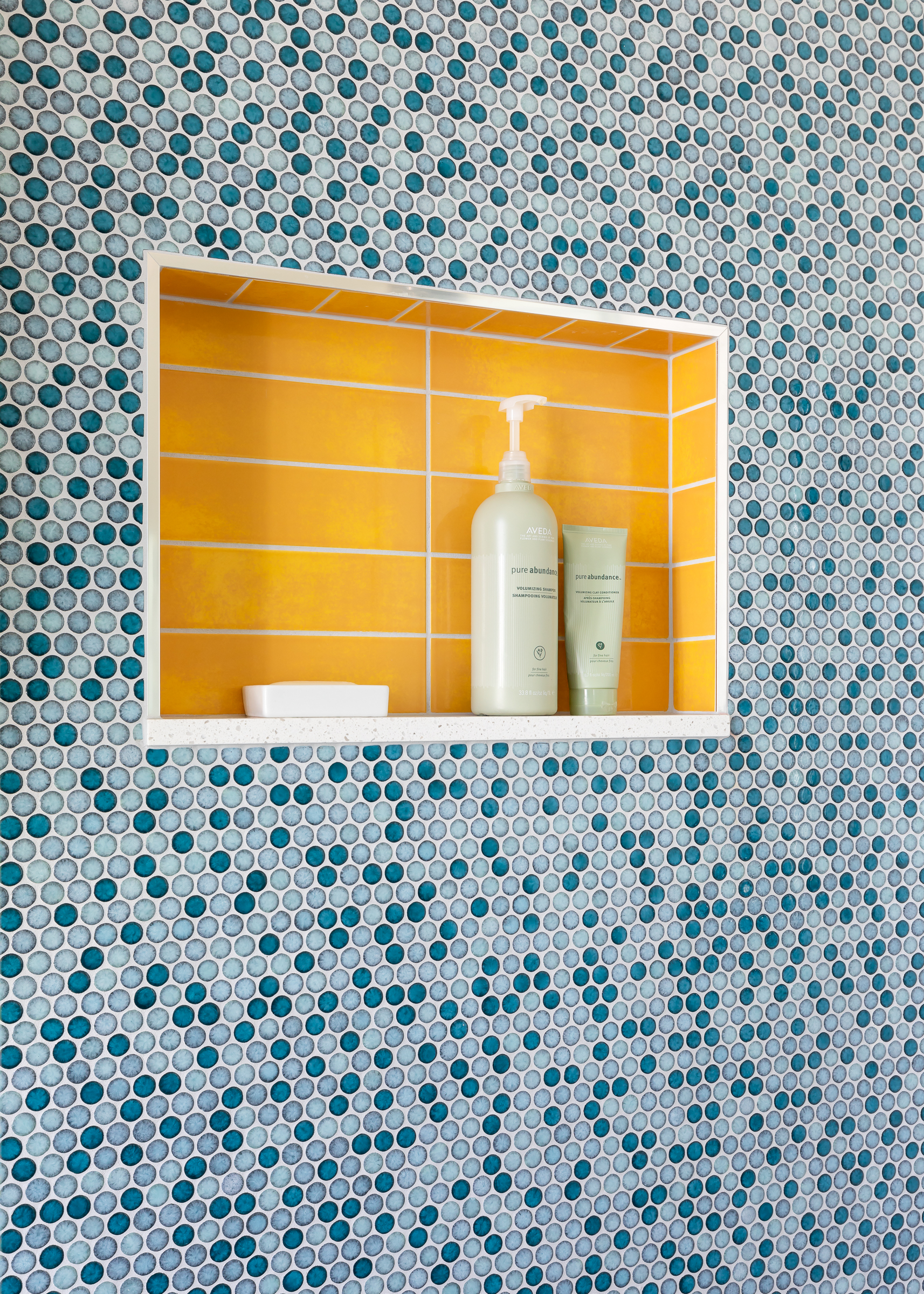Do your homework, and get what you want
Do your homework, and get what you want

Eager to get happy at home right now?
Get 10 tips for a happier home!
Are you making your designer guess what kind of new space you want?
If so, you’re making the design process harder, more overwhelming, and more expensive than it has to be! Of course, I’m sure you’re not trying to do that, so this article is here to make sure you get the room(s) you want with as little time and stress as possible! 👍
Remodeling? You probably have some outcome in mind.
Even if you don’t think you have an ounce of “taste” or think you don’t know what you want, you’d likely agree that there are designs you’d love to have in your home, and designs you would not like to have in your home. True?
So, our goal is to identify what kind of room you *would* like to have in your home.

Obviously that includes functional questions like “how will you use this space” and “what layout might work best?” I find many clients have a pretty clear sense of what is and isn’t working from a layout perspective.
But we also need to understand your aesthetic and visual goals. What colors, textures, and shapes make you feel most at home? What is the vibe that you want to come home to?
IMPORTANT: Please do not try to describe what you want.
It’s hard enough to figure out what kind of vibe you want in your new kitchen, and even harder to *communicate* it to your spouse or designer. So what are you supposed to do?
Show us!
15 years in the design biz has taught us that asking you want you want isn’t very useful. You might tell me you want a “blue room” or a “cozy space.” You might tell us you want “a simple space” or a “modern look.” Whatever you tell us, we then have to try and interpret what you mean by “blue,” “cozy,” “simple,” and “modern.”
This just causes confusion. And a lot of arguments between spouses. 😳😩
We need to SEE what you’re craving. That means you have a bit of homework to do (don’t worry, it’s not that much!)
Create an inspiration board.
Every designer will have their own process, but here’s what we ask of our clients at Seriously Happy Homes. Let’s imagine that you want to remodel your kitchen (the process is the same for every room you want to redo):
- Go online. It doesn’t matter which platform you use – we like Houzz.com, but Pinterest can work, or even Google Images.
- Choose ten pictures of kitchens that you would LOVE to have in your home. Yes, just ten.
- If you have a partner, have them do it too, separately.
That’s it! 🤓
You can either interpret your boards on your own, or hand that inspiration board to your designer. Within moments they’ll be able to see if you’re drawn to cool colors, or warm. Clean and modern design, or classic and traditional design. Whether you like complicated and intricate details in your tile, cabinets, flooring, and other elements, or simple-to-install items. It’s remarkable how much information can be gleaned from ten images, and it helps your whole project start off on the right foot!
Guidelines to keep in mind
- Think big picture. Each image should be about the whole room as much as possible. If you happen to love a room but hate the rug, just add that to the notes. If you hate the room, don’t include that picture. When you are done you should be looking at ten rooms that you really would be happy to have in your home.
- Worried your designer will just “copy” the design. Rest easy, because that’s unlikely. The shape of your room, style of your house, budget limitations, your own personalities, and what is available on the market will all lead to a unique design.
- What if you find a picture of a room you hate, but you love an element in it, like the rug, or a light fixture? Put that image in a separate collection of images. Your inspo board should feature full rooms.
- Choose ten pics for each room you want to makeover. Even if you’re doing three bathrooms, and you think they’ll all look similar, create a board for each room.
- Don’t problem solve. Don’t worry about the size or layout of the room matching your space. That’s the designer’s job to take into account.
- If you can, do try to choose rooms with architecture similar to what exists in your home. If all the rooms you love have vaulted ceilings and your home has low, flat ceilings, or if all the rooms you love have huge picture windows with views of a forested wilderness, you might be practicing magical thinking. That said…
- Don’t over think it. Better to be honest and show your designer what you truly want, then have a frank discussion about feasibility, than to not present your designer with what you think is possible and find out later you could have had a version of what you *really* wanted.
- Don’t edit on behalf of others. Last but not least, try not to filter the images you choose with your partner in mind. Let them do their own homework, and leave it in your designer’s hands to figure out how your ideabooks work together.
That’s it. Just go online and choose about ten images of rooms you’d be really happy to come home to. Don’t worry about whether the designs can work in your home, just collect pictures of spaces you love! 🙂
Now for some examples – What do these rooms have in common?
If you’re not working with a designer, then once you collect your ten images it’s time to analyze your data. What are the common elements across the images? Bright colors? Muted colors? Ornate details? Simple details? Lots of pattern mixing? Very little pattern? Look at the big elements like color and mood, and the smaller details like whether the furniture is leggy and airy, or anchored and weighty… Gather up those ten images of rooms you love, do some design analysis and ask yourself not only what the ten images have in common, but also how they differ from your current space. You might find that you don’t even need a remodel, you just need a fresh coat of paint!
If you were to show us this Houzz Ideabook (below), I’d see that you want a grown up, sophisticated space with some dark and moody wall colors, brick walls, leather furniture, clean lines, bold art, and industrial styling. These are masculine spaces, but not SO masculine that a girlfriend would come in and immediately change it.
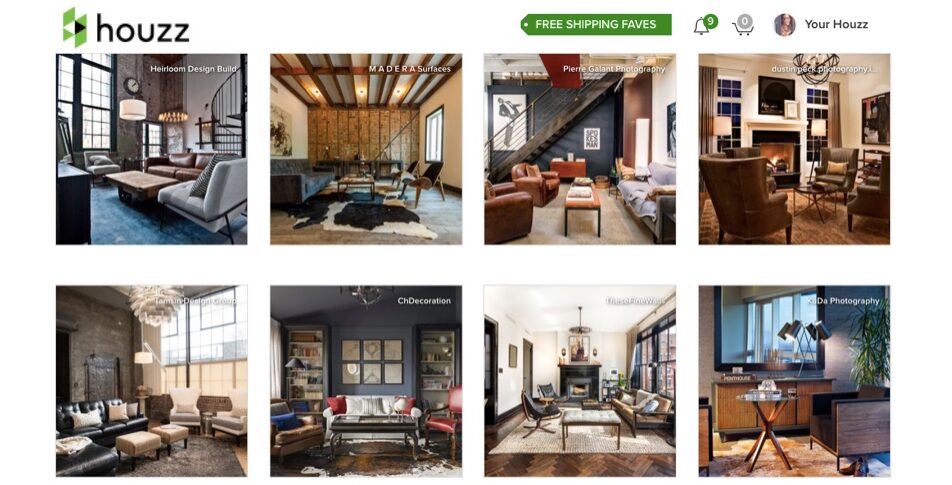
Looking at just one shot, the navy blue color feels strong and powerful, the metal and leather are masculine and enduring, and even the art calls out that a dynamic, successful person lives in this space. This is a sexy room. If you showed this to me I’d say you want a space that reflects the success you have (or will have) and that makes you feel cool, calm, and collected.
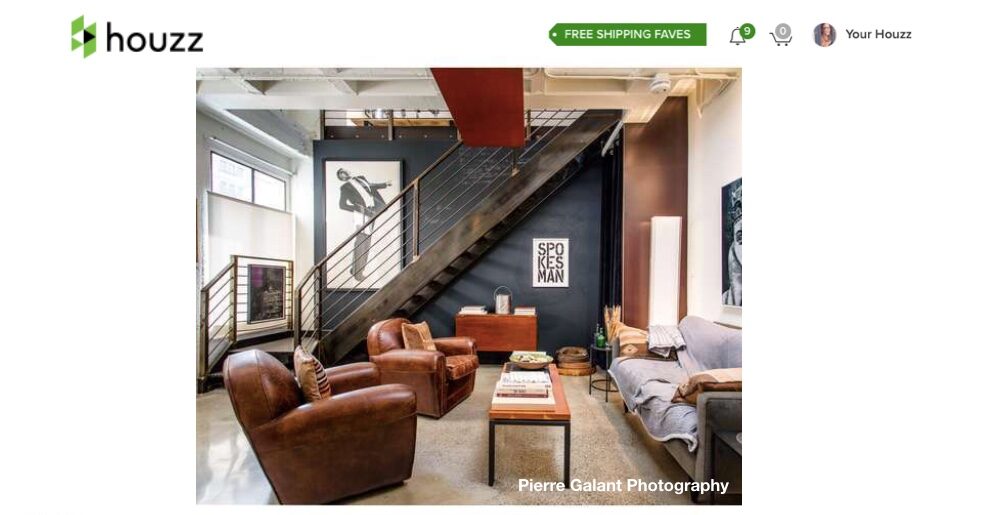
On the other hand, if you showed me this Houzz ideabook I’d notice all the soft pale blues and curved edges that make the room feel gentle and inviting. These rooms don’t tell me that you want a white sofa, but rather that you need calm in your life. For the right person, just being in a room like this would provide a sense of peace in the middle of a crazy world.
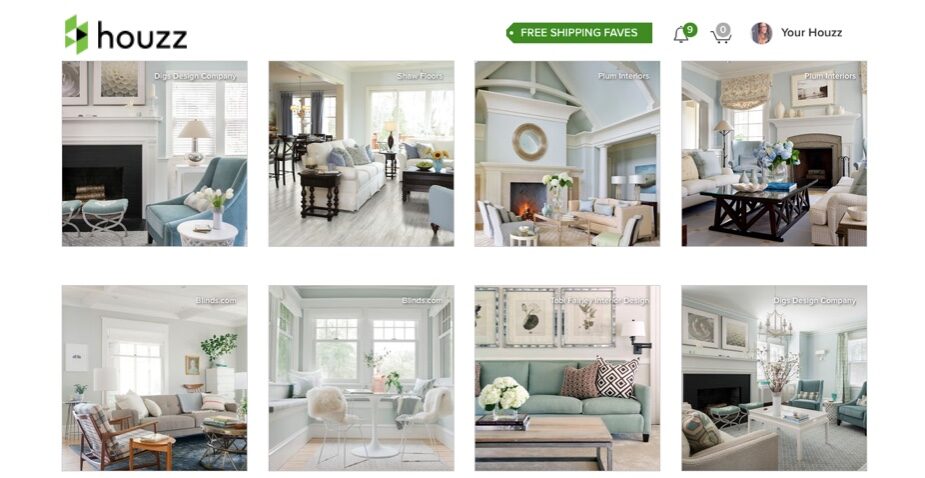
Of course, if you’re craving peace and quiet and your living room is decorated like this one below (or if it’s filled with clutter and chaos) then your space is literally getting in the way of the calm and quiet you need from your home.
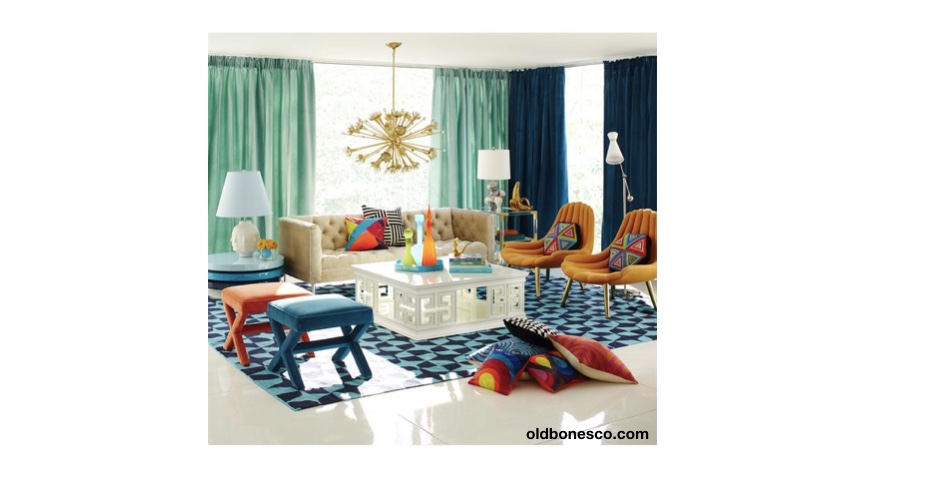
The colors here are bold and energetic. Even the light fixture is like a firework going off in your living room!
Remember, while the ideabooks above are for living rooms, the process is the same whether we’re designing a “soft goods” room like a bedroom or living room, or a “hard goods” room like a kitchen or bath.
Wonder what your ideabooks say about you and your design style?
If you have any trouble analyzing your ten pictures, or can’t figure out what you and your partner have common, we can help! A Design Helpline via Zoom might be just the thing you need to get past those first overwhelming design steps, be prepared to work more successfully with your architect and contractor, and set yourself up to have a successful remodel!
No matter what, please do your homework.
Clients who do their homework have easier remodels. It should be the thing you do before you hire anyone, designer, architect, or contractor, and long before you demo a wall.
The process helps you figure out where you’re headed. If you don’t have something that gives you a sense of the Big Picture, then it’s so easy to find yourself stuck on each individual item – the tile, the faucet, the cabinet handles…. and drive yourself crazy wondering if it’ll all work together.
Do this homework, get an eye on the big picture, and use the images to filter out things that do – and don’t – fit. I promise you’ll have a much more successful, much less stressful project!
May your home always be happy!

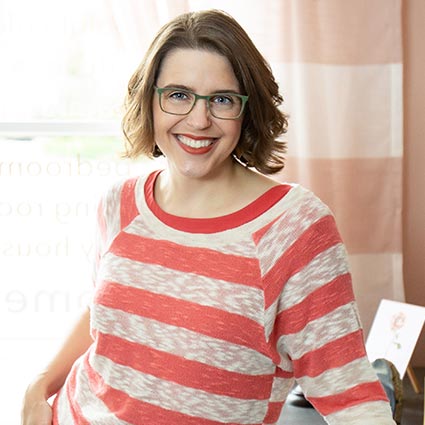
HI, I'M REBECCA WEST!
I’m an interior designer, author, podcaster, speaker, and coach to other designers. (Whew!) But I’m not your classic interior designer because, frankly, I don’t care if you buy a new sofa. I do care if your home supports your goals and feels like “you.” Remember, happy starts at home!
More From Seriously Happy Homes
Are you ready for a seriously happy home?
(Cue the confetti!)

Eager to get happy at home right now?


